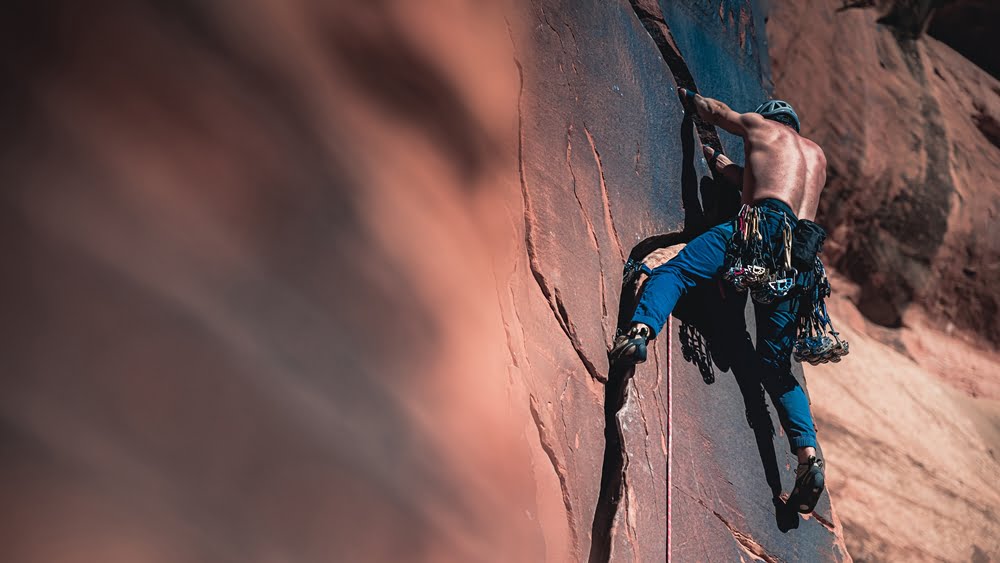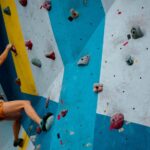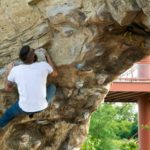The topic might seem slightly controversial since the last thing most climbers want is to get bigger. The bigger you are, even if it’s muscle mass, the more you weigh and that adversely affects your climbing.
However, despite that climbers benefit from creating more muscle mass in their forearms. Forearm musculature, finger strength, and hang grip strength are something climbers cannot do without. Moreover, experts believe that adding more forearm muscle mass will help improve your endurance level.
Nevertheless, developing bigger forearms and wrists is harder than what most climbers expect. It is a painful, slow, and difficult training phase. This process is called forearm hypertrophy and most individuals are not able to climb a lot or climb well during this phase.
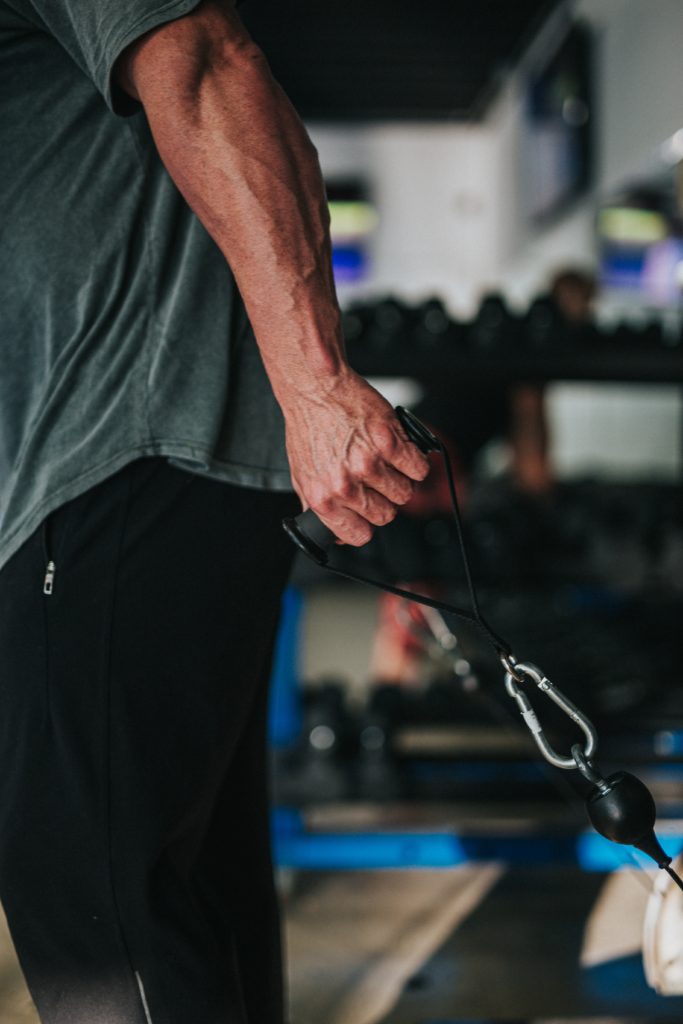
Forearm anatomy is quite complex, which is why it is treated differently as compared to other muscle groups. Generally, a mixture of high reps and low reps exercises prove beneficial when it comes to forearms and wrists. Moreover, since handgrip strength is strongly correlated with forearm size, a bigger forearm size means better climbing power.
For most climbers, forearm isolation training is needed to develop the strength they require. Similar to the other weight lifting regimes, the three main steps for bulking your forearms include:
- Adding more training time.
- Adding new exercise.
- Increasing your load.
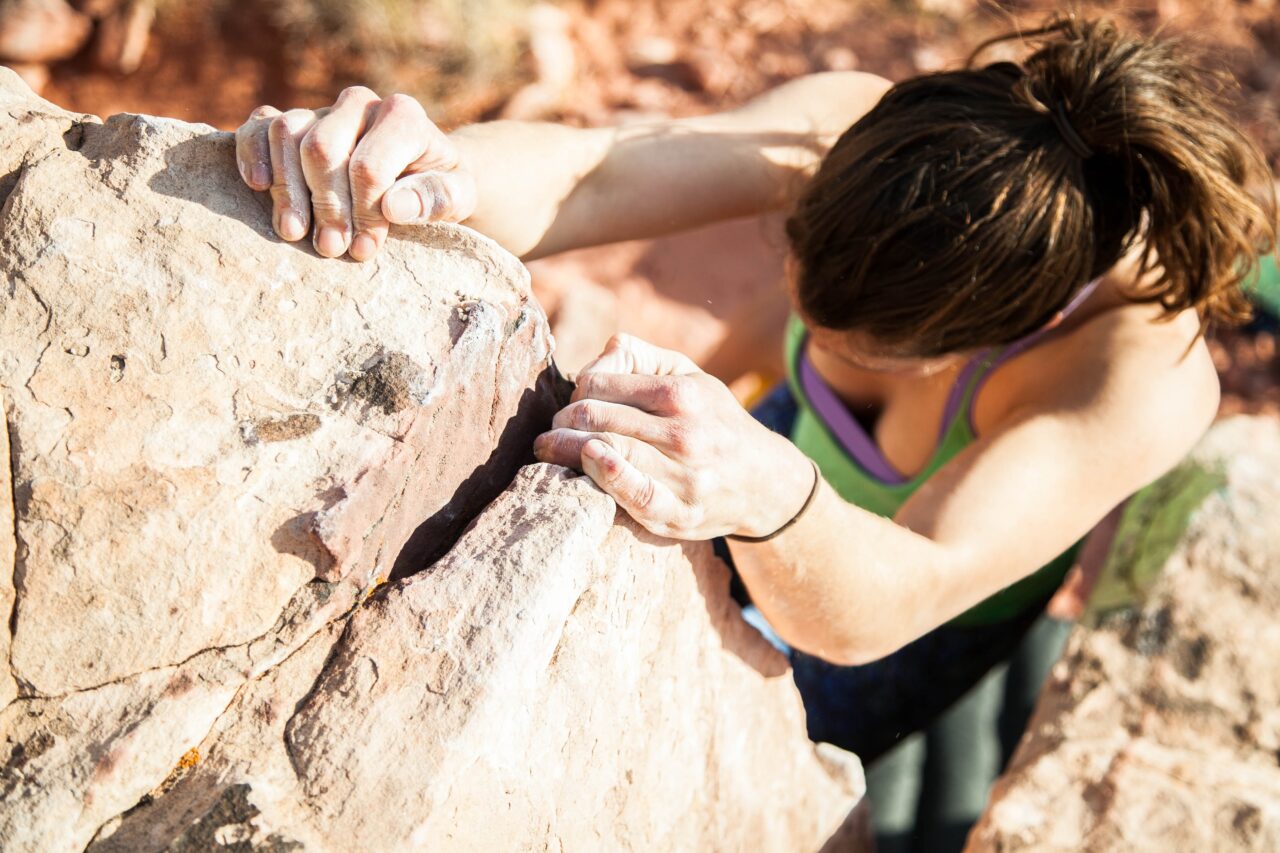
Experts believe that activating your biceps, triceps, and deltoids along with training your forearms is the best way to go about it. Otherwise, simply working on your forearm flexors and extensors can lead to complications in the long run.
Some of the most effective exercises for building forearm and wrist muscles are:
Wrist curls
This exercise is ideal for hitting the forearm muscles and developing wrist strength. The normal wrist curls are performed to activate the flexors while reverse wrist curls help in developing the extensors.
To perform a wrist curl, you can either use a bar or a dumbbell. Sit on a bench and rest your arm on your knee. Hold the bar or dumbbells with an underhand grip such that your palms face up. Relax your arm and let it fall as far as possible toward the floor, and then raise the bar up and back toward you, while keeping your forearms down on your knees. As an amateur do 3 reps of 10 wrist curls.
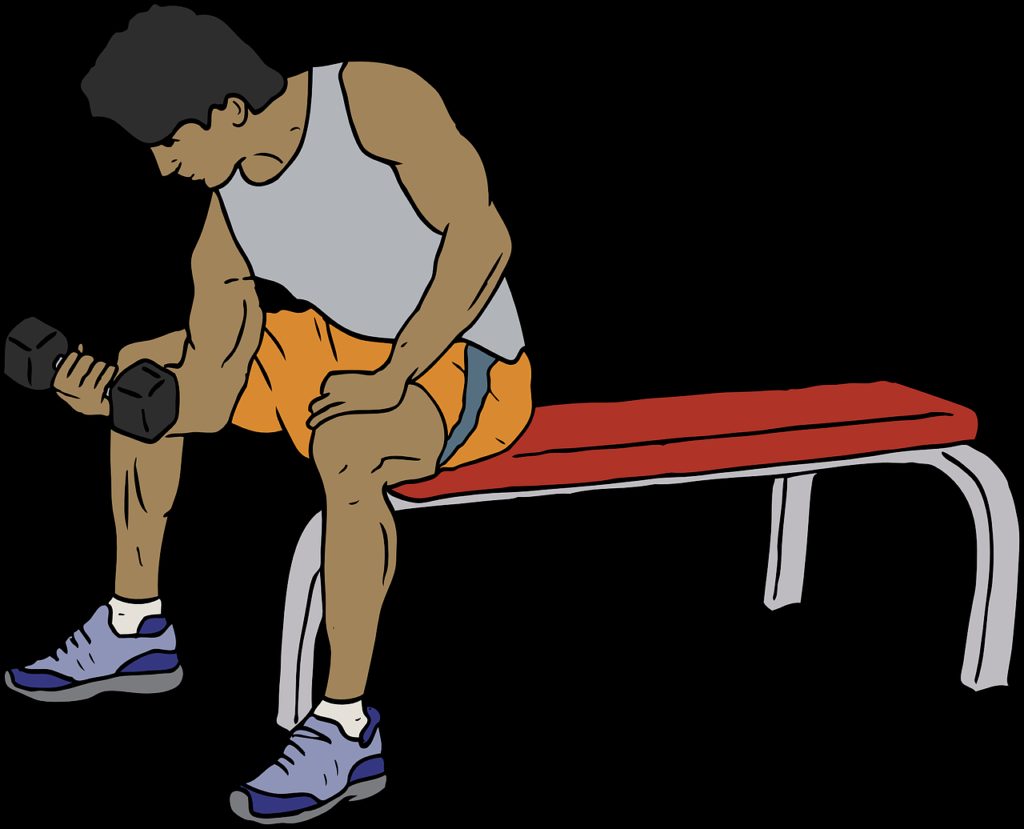
Reverse curls are performed in the same manner except that the bar or dumbbell is held with an overhand grip.
You can also do standing wrist curls by simply holding a bar behind your back. Let the bar drop down to your fingertips by extending them, and then bring the weight back up by curling your fingers and wrists upward.
Reverse curl
This is one of the best exercises to develop big forearms. It targets the brachioradialis muscle that contributes to the overall forearm mass.
The prominence of your brachioradialis muscle mostly depends on your genetics. However, regardless of how your muscle inserts and how quickly it can grow, you can improve the muscle using a reverse curl. This exercise, according to recent studies, decreases the involvement of the biceps due to pronated grip use and focuses on forearms muscles.
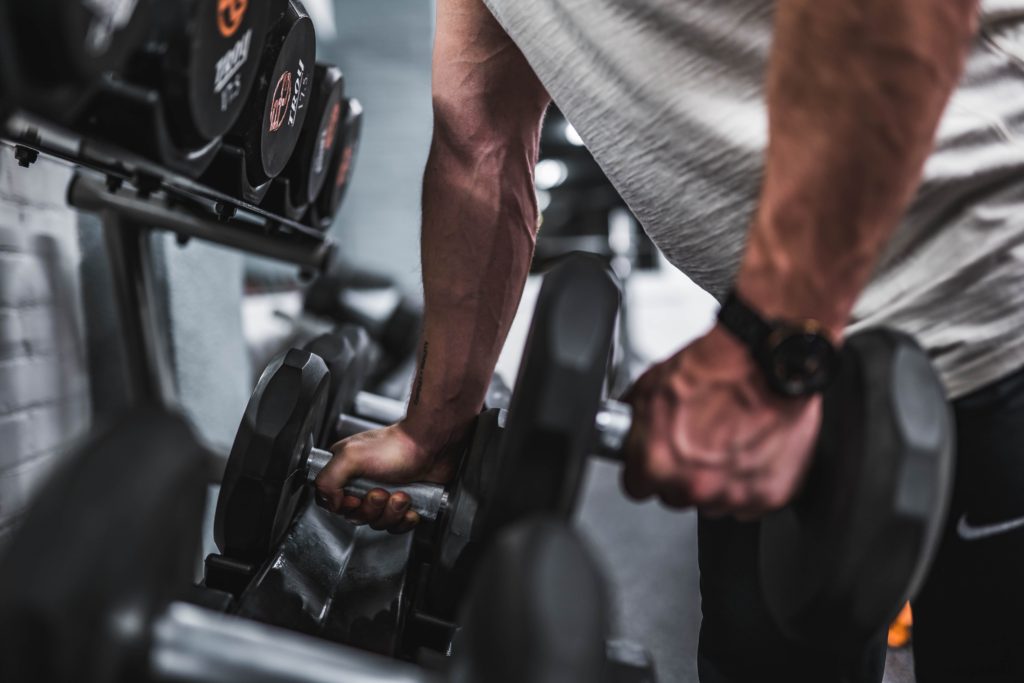
It is performed similar to a regular barbell curl, except your hands are turned around, i.e., you hold the barbell with an overhand grip. Make sure while performing the exercise, you have a good base, your knees and elbows are in a soft position and none of the joints in your body are locked. Locked joints are very bad especially during strength training, they can lead to injuries.
Once you are in the proper position, bring the barbell up to your chest and then take it down. Make sure you are doing this in a controlled manner instead of just swinging the barbell up are down. You can also do a reverse curl using a dumbbell.
Start with 3 x 10 reps, as you start feeling the exercise is too easy for you, either increase the weight or the reps.
Standing barbell wrist curl and extension
This is a great exercise to target both sides of your forearm with one exercise. To perform this exercise, while standing with a shoulder-width stance hold the barbell down by your sides with a shoulder-width overhand grip. Now, flex your wrists such that the weight curls towards your body, then fully extend your wrist by reversing the curl. The movement should only come from your wrist. Your arms should be extended and stationary in front of your body.
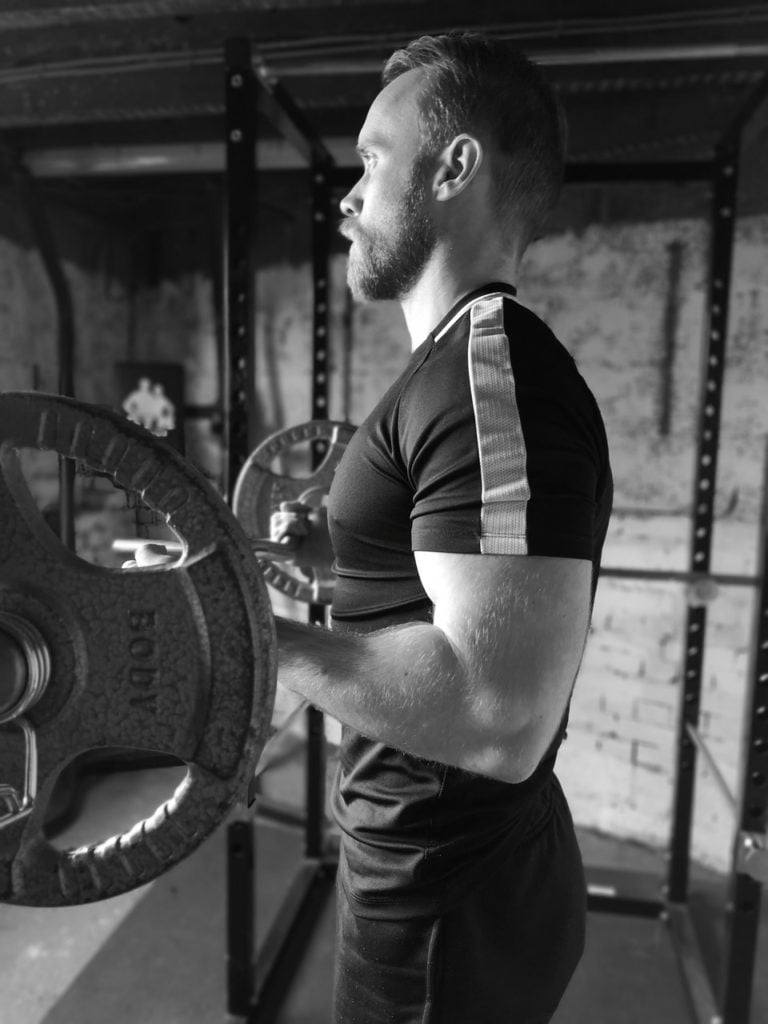
Chin-ups
Chin-ups as compared to pull-ups target the forearms, biceps, rear deltoids, and back muscles including abs. These cannot be performed on a hangboard or a fingerboard. However, if you don’t have access to a gym and have a portable hangboard or a wall-mounted hangboard, pull-ups are also a great exercise to develop forearms at home.
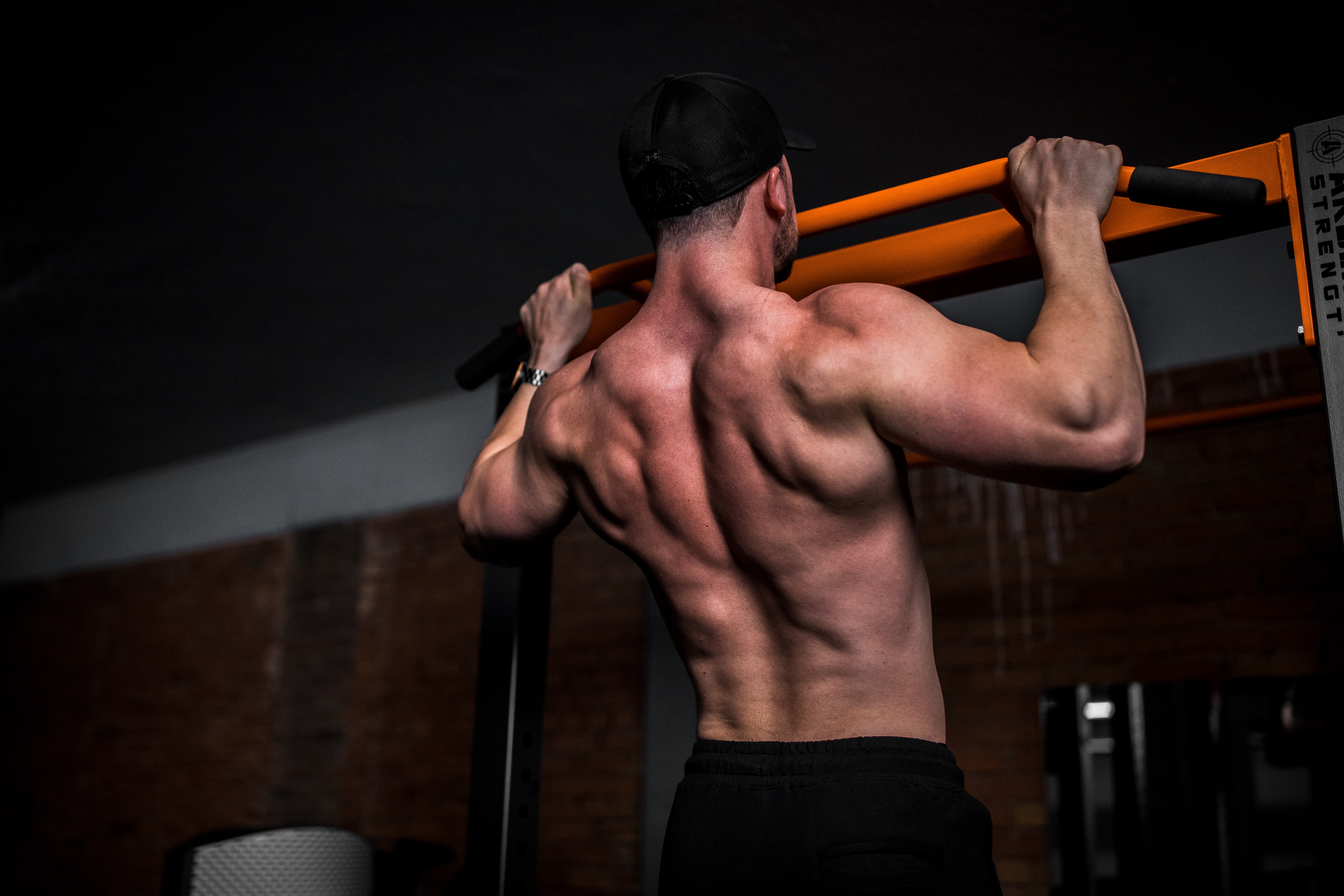
To perform a chin-up, hold the bar at shoulder width such that your palms are facing your body. Fully extend your arms in a dead hang position and then gradually lift yourself up until the bar is in line with your chest region. Hold yourself in the position for a few seconds, then return to the starting position. Don’t let your feet touch the ground during reps.
Wrapping it up
Like abs, forearms depend on genetics. Some people naturally have them while others don’t. Your training results will greatly matter on your muscle insertions and genetics but despite these factors that cannot be controlled, proper training and progression will help you reach your goals.
As a rock climber, having bigger forearms and wrists will always benefit you since these improve grip strength which will in return help you in improving your climbing technique. Forearms exercises when done in combination with finger strengthening exercises give the best results. On contrary to the common misconception, forearms cannot be built by repeating laps and laps of climbing. Sure, it will help you gain some strength but if you want to build bigger forearms and arms, it is advised that you follow a proper strength training regime with limited climbing sessions. Also, keep overload in your mind and don’t overwork you muscles. Overworking your muscles will do more harm than good.

